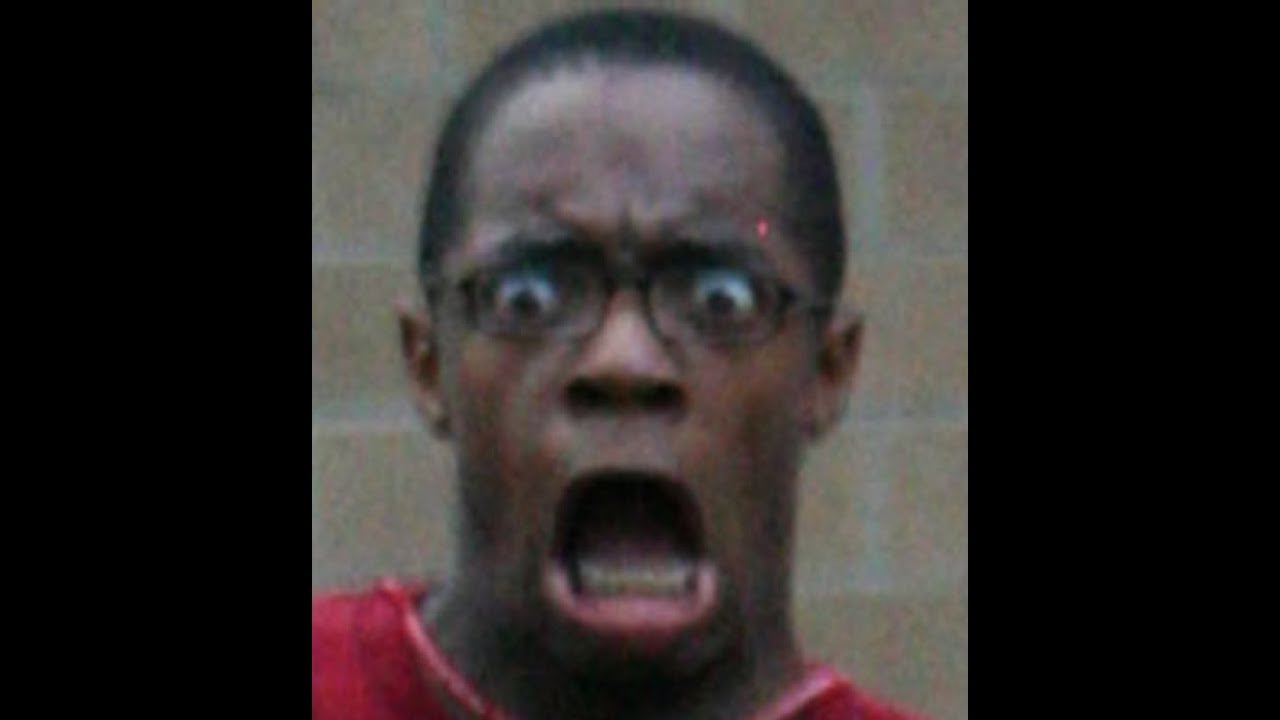In the vast digital landscape of social media, forums, and messaging apps, a unique form of communication has taken root: meme faces. These simple ye
In the vast digital landscape of social media, forums, and messaging apps, a unique form of communication has taken root: meme faces. These simple yet expressive drawings have become a universal language for internet users, perfectly capturing emotions ranging from joy to rage, awkwardness to triumph. This article explores the fascinating world of meme faces — their origins, evolution, cultural impact, and why they continue to thrive as a beloved internet phenomenon.
What Are Meme Faces?
Meme faces are cartoonish, often crudely drawn or digitally illustrated faces used in internet memes to convey specific emotions or reactions. Unlike emojis, which are polished and standardized, meme faces often feature exaggerated expressions, rough lines, and an intentional handmade look. This raw style adds humor and relatability.
Meme faces are typically paired with captions to tell funny, sarcastic, or relatable stories. They help express feelings that text alone might fail to fully capture in online conversations.
The Origins: How Meme Faces Came to Be
Meme faces first gained popularity around 2008-2010, primarily through rage comics — simple webcomics that narrated everyday scenarios using a set of recurring expressive faces. These comics found a home on platforms like 4chan, Reddit, and FunnyJunk, where users shared and remixed them extensively.
Key early meme faces include:
- Trollface: A mischievous, smirking face used to signify internet trolling or playful provocation.
- Forever Alone: An exaggeratedly sad, lonely face used to humorously depict social isolation.
- Y U NO Guy: A frustrated figure demanding answers or explanations.
- Me Gusta: A weird, satisfied face expressing odd pleasure.
- Rage Guy (FFFFFUUUU): A furious character showing intense frustration.
These faces captured universal emotions with a funny, relatable twist, sparking widespread appeal.
What Makes Meme Faces So Popular?
Meme faces became internet staples because they hit a perfect balance of humor, relatability, and simplicity:
- Instantly Recognizable: Their bold lines and exaggerated expressions make them easy to identify and recall.
- Emotional Clarity: They express complex feelings in a clear, visual manner that text alone can’t always achieve.
- Easy to Create and Share: Simple designs allowed users to customize and spread meme faces quickly.
- Community Engagement: Sharing meme faces creates shared cultural moments and inside jokes.
- Versatility: They work in many contexts, from casual conversations to commentary on social issues.
How Meme Faces Changed Online Conversations
Before meme faces, many online interactions relied heavily on text, which lacks vocal tone, facial cues, and body language. Meme faces introduced a visual shorthand that infused conversations with emotion and humor.
For example, replying with a “Forever Alone” face conveys self-deprecating humor about loneliness better than just words. A “Trollface” signals playful mockery or teasing. This nonverbal layer enriches digital communication and reduces misunderstandings.

The Evolution of Meme Faces
Although rage comics themselves have become less common, meme faces have evolved and integrated into broader internet culture:
- Reaction Memes and Images: Meme faces are now frequently used standalone as reaction images across social platforms like Twitter, Facebook, and Instagram.
- Stickers and GIFs: Many messaging apps have meme face stickers or GIFs to enhance texting.
- Video and Animation: Meme faces appear in YouTube videos, TikTok content, and animated shorts, expanding their reach.
- Merchandise: Meme faces have made their way onto t-shirts, mugs, phone cases, and other products, showing their cultural significance.
Popular Meme Faces and Their Meanings
Here’s a quick guide to some of the most iconic meme faces and what they typically represent:
- Trollface: Indicates trolling or mischievous teasing online.
- Forever Alone: Jokes about loneliness or social rejection.
- Y U NO Guy: Expresses frustration or disbelief, often asking why something hasn’t happened.
- Me Gusta: Shows awkward or strange pleasure.
- Rage Guy: Depicts rage or extreme annoyance.
- Okay Guy: Conveys reluctant acceptance or resignation.
- Derp/Derpina: Represents silliness or cluelessness.
- Cereal Guy: Known for sarcastic or skeptical comments.
Criticisms of Meme Faces
Despite their popularity, meme faces face some criticism:
- Overuse Can Dull Impact: Excessive repetition sometimes makes meme faces lose their humor.
- Insensitivity: Some meme faces or their uses may unintentionally reinforce negative stereotypes or offend certain groups.
- Cultural Misunderstandings: Not all faces or memes translate across cultures, leading to confusion or misinterpretation.
- Commercialization: The growing commercialization of meme faces sometimes conflicts with their grassroots origins.
Still, meme communities often adapt and respond to these concerns, keeping the culture vibrant.
Why Meme Faces Matter
Meme faces are more than just funny pictures; they reflect how people express emotions in the digital age. They have created a new visual language that helps connect people beyond barriers of language, culture, and geography. In a world where text messages and online posts dominate, meme faces bring back some of the emotional richness lost in digital communication.
The Future of Meme Faces
As technology evolves, so will meme faces:
- Animated and Interactive Memes: Expect more meme faces to appear in moving images, videos, and interactive formats like augmented reality.
- AI-Created Memes: Artificial intelligence could help people create custom meme faces personalized to their style or mood.
- Cultural Fusion: Meme faces may increasingly reflect global influences, blending styles and expressions from diverse cultures.
- Integration into Daily Life: Meme faces could become part of workplace communication, education, and other digital environments.
Whatever form they take, meme faces will likely remain an essential part of how we share feelings and laughter online.
Frequently Asked Questions (FAQs) About Meme Faces
Q1: How are meme faces different from emojis?
Meme faces are usually hand-drawn, often exaggerated faces used in memes to express specific emotions and situations. Emojis are standardized digital icons that represent basic emotions or objects.
Q2: When did meme faces first become popular?
They gained popularity around 2008-2010 with rage comics on forums like 4chan and Reddit.
Q3: Why do meme faces use exaggerated expressions?
Exaggeration helps clearly communicate emotions and makes the memes funnier and more relatable.
Q4: Are meme faces suitable for professional use?
Generally, meme faces are informal and best reserved for casual communication.
Q5: Can I create my own meme faces?
Yes! There are many online tools and apps for creating and customizing meme faces.
Q6: Why do some people dislike meme faces?
Some find them overused, insensitive, or culturally misunderstood.
Q7: Are meme faces copyrighted?
Most classic meme faces originated from anonymous users and exist in a public digital commons with unclear copyright.
Q8: Do meme faces cross cultural boundaries?
Many do, thanks to their visual nature, but some rely on specific cultural context and may not translate universally.
Q9: How do meme faces improve online communication?
They add emotional nuance and humor, making text-based conversations clearer and more engaging.
Q10: Will meme faces ever go out of style?
While specific memes may fade, the use of expressive faces to convey emotions will likely persist in digital culture.
More Info: onlinemrkting




COMMENTS